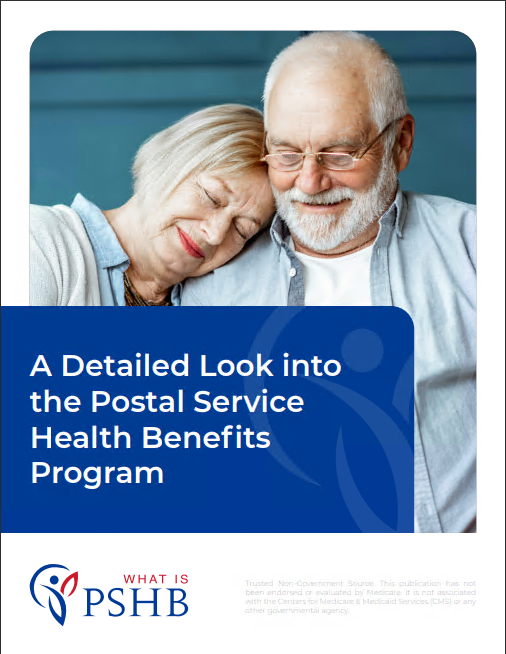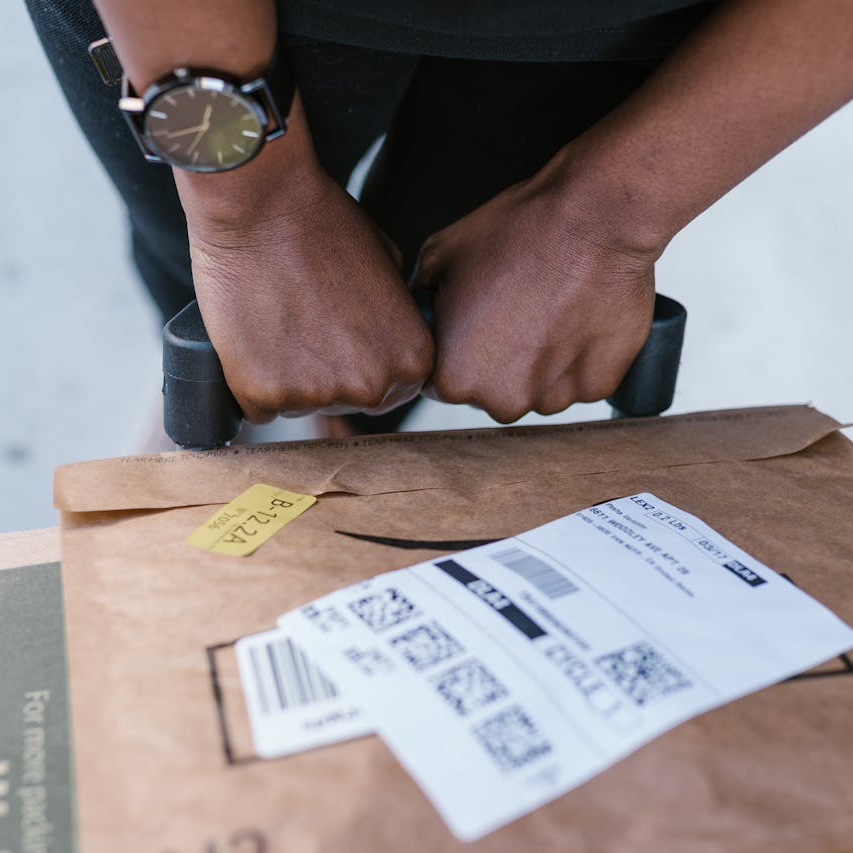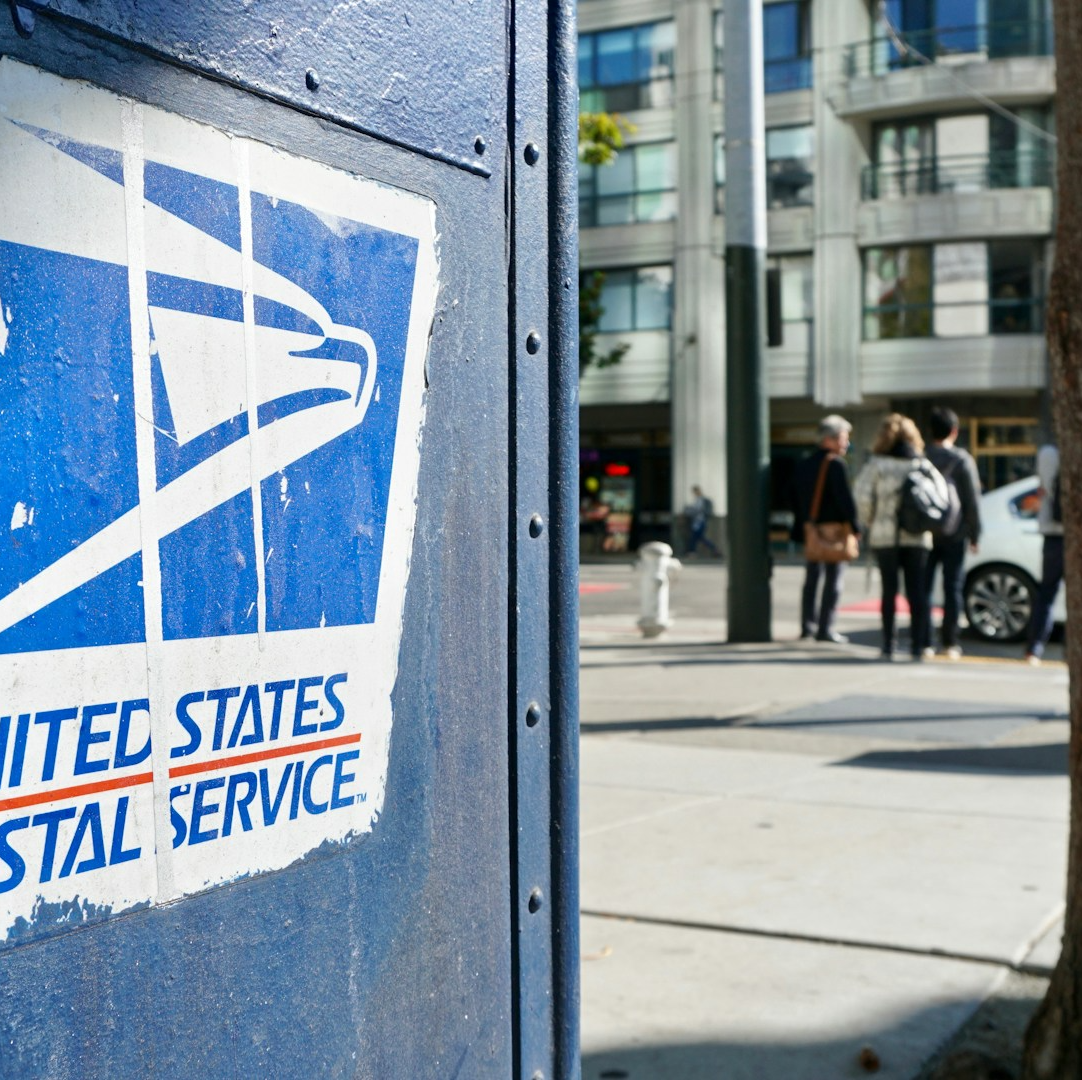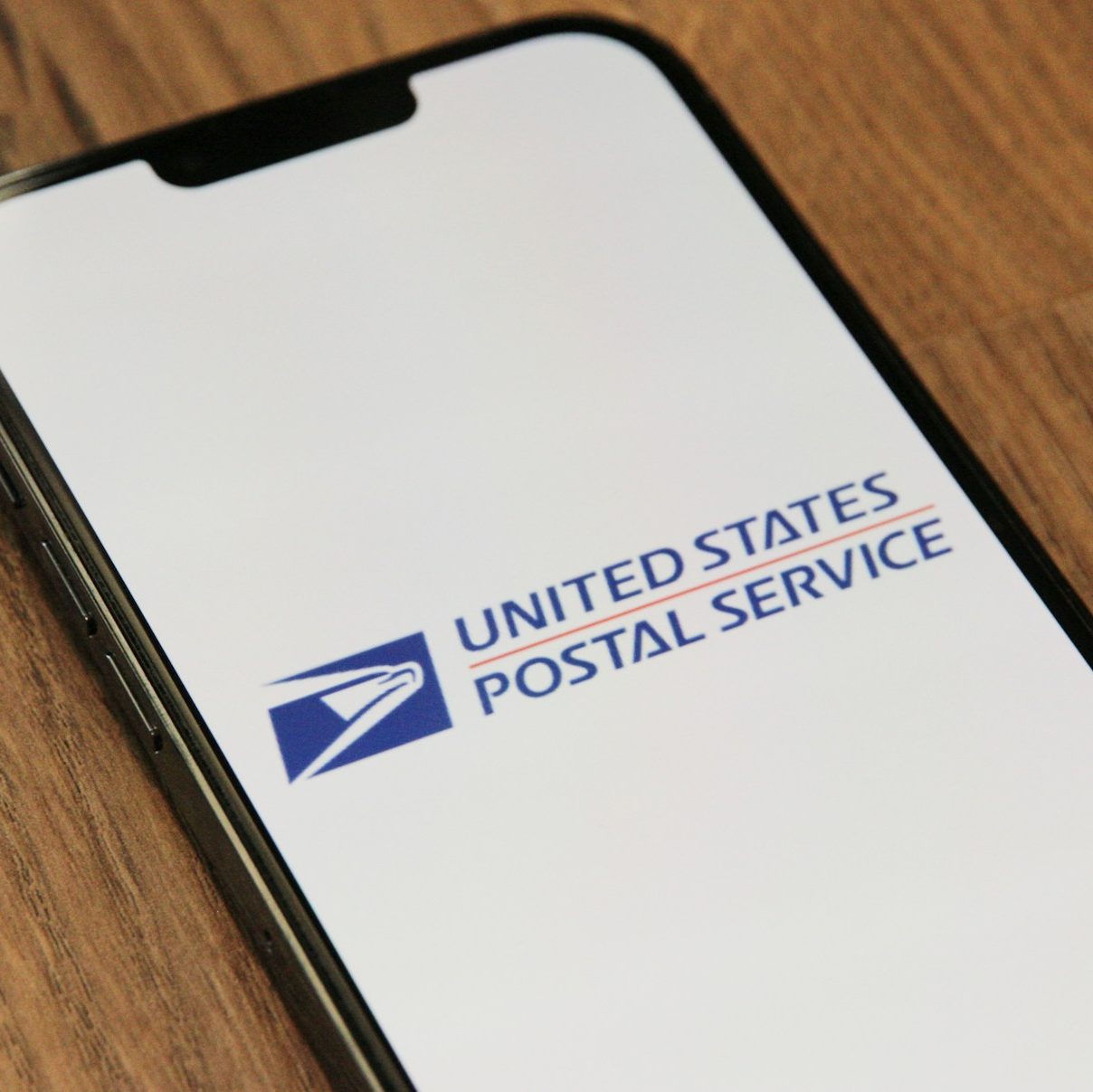Key Takeaways
-
The Postal Service Health Benefits (PSHB) program is replacing FEHB for USPS employees in 2025, bringing significant changes to how your health insurance works.
-
You’ll need to actively review your options during Open Season to ensure you’re choosing the best plan for your needs, especially if you or your family members are Medicare-eligible.
What’s Happening to Your Health Insurance?
Starting in 2025, the new Postal Service Health Benefits (PSHB) program will officially replace the Federal Employees Health Benefits (FEHB) program for USPS employees, annuitants, and their eligible family members. This transition is a big deal because it affects how you choose, enroll in, and maintain your health insurance.
Under the PSHB program, plans are tailored specifically for USPS employees. The goal? To ensure that postal workers have coverage options designed to meet their unique needs. However, with these changes come new responsibilities and adjustments for you to consider. Let’s break it down step by step.
The Timeline You Need to Know
The PSHB program officially kicks off on January 1, 2025, but Open Season for enrollment will occur beforehand. Mark your calendars for November 11 to December 9, 2024. During this time, you’ll be able to review, compare, and select your new PSHB plan. If you’re currently enrolled in FEHB, you’ll be automatically enrolled in a corresponding PSHB plan if you take no action, but that’s not necessarily your best move. Why? Because plans differ, and you may find a better option if you look closely.
What Makes PSHB Different?
PSHB plans are designed to reflect the specific needs of USPS employees, retirees, and their families. Here’s how they stand out:
-
Separate from FEHB: Unlike FEHB, which includes federal workers across various agencies, PSHB is exclusively for postal employees.
-
Medicare Integration: If you or a family member are Medicare-eligible, you’ll now need to enroll in Medicare Part B to keep your PSHB coverage. However, exceptions apply for certain retirees who left service before January 1, 2025.
-
Cost Sharing: While costs will vary, the government’s contribution to your premiums will continue to be significant, similar to FEHB. However, the specific structure of premiums and out-of-pocket costs may differ.
What If You’re Retired?
If you’re a USPS annuitant, the transition to PSHB still applies to you. Retirees and their eligible family members will need to actively review their options. One critical change involves Medicare Part B:
-
Mandatory Enrollment: Most annuitants and family members who are eligible for Medicare Part B must enroll to maintain their PSHB coverage. If you’re not already enrolled, this might require additional planning and budgeting.
-
Exceptions: If you retired before January 1, 2025, and you’re not currently enrolled in Part B, you won’t be required to enroll, but this exception doesn’t apply to everyone.
Open Season: Your Time to Act
Open Season is your opportunity to:
-
Compare Plans: Use the available tools to evaluate different PSHB plans. Look closely at premiums, coverage options, deductibles, and provider networks to find what suits your needs.
-
Switch Plans: Even if you’re automatically enrolled in a plan, you can switch to a different one during Open Season. Don’t assume your default option is the best fit.
-
Ask Questions: If you’re unsure about your options, reach out to your HR department or a benefits specialist for guidance.
Medicare and PSHB: How They Work Together
One of the biggest shifts with PSHB involves Medicare. If you or your dependents are Medicare-eligible, it’s essential to understand how the two programs interact:
-
Part B Enrollment: For most Medicare-eligible USPS annuitants and family members, enrolling in Medicare Part B becomes a requirement to maintain PSHB coverage.
-
Premium Costs: Medicare Part B premiums will apply, and these are separate from your PSHB plan premiums. For 2025, the standard Part B premium is projected to be $185 per month.
-
Coordination of Benefits: Medicare will generally become your primary insurer, with PSHB acting as secondary coverage. This can reduce your out-of-pocket costs for medical services, but it’s important to understand how claims are processed.
Tips for Navigating the Transition
-
Start Early: Don’t wait until the last minute to explore your options. Use the months leading up to Open Season to learn about the new PSHB plans and how they compare to your current FEHB coverage.
-
Budget for Medicare Part B: If you’re Medicare-eligible, factor the cost of Part B premiums into your overall health insurance budget.
-
Review Family Coverage: Ensure all eligible family members are accounted for under the new PSHB program. Double-check how Medicare requirements affect each person.
-
Take Advantage of Tools: The USPS and the Office of Personnel Management (OPM) will provide plan comparison tools, premium calculators, and other resources to help you make informed decisions.
What Happens If You Don’t Act?
If you’re currently enrolled in FEHB and take no action during Open Season, you’ll automatically be enrolled in a similar PSHB plan. While this ensures continuous coverage, it may not be the best option for you. Auto-enrollment doesn’t account for:
-
Changes in your family’s needs.
-
The availability of better-suited plans.
-
Your Medicare enrollment status.
Taking the time to review your options can save you money and ensure your health needs are met.
Common Questions About PSHB
Will My Doctors Still Be Covered?
Most PSHB plans will have extensive provider networks, but it’s essential to confirm that your preferred doctors, specialists, and facilities are included.
What If I’m Not Eligible for Medicare?
If you’re not Medicare-eligible, you can still enroll in a PSHB plan without needing to sign up for Part B. Your plan will function similarly to FEHB coverage.
Are There Changes to Dental and Vision Coverage?
PSHB does not replace the Federal Employees Dental and Vision Insurance Program (FEDVIP). You can continue or enroll in FEDVIP plans separately during Open Season.
Why These Changes Are Happening
The switch to PSHB is part of a broader effort to ensure the long-term financial stability of the USPS. By creating a health benefits program specifically for postal workers, the USPS aims to provide better-suited coverage options while managing rising healthcare costs. This transition aligns with broader reforms aimed at modernizing the postal workforce’s benefits structure.
Stay Ahead of the Curve
Navigating the switch to PSHB doesn’t have to be overwhelming. By staying informed, taking advantage of resources, and actively participating in Open Season, you can make the best choices for your health coverage. Don’t let this opportunity pass by—take control of your benefits and ensure you’re set up for success in 2025 and beyond.
A Health Insurance Shift You Can Manage
The move to PSHB is a significant change, but it’s one you can handle with the right preparation. Start exploring your options now, plan for Medicare requirements if applicable, and be ready to make an informed decision during Open Season. With a little effort, you’ll find the plan that works best for you and your family under the new program.











